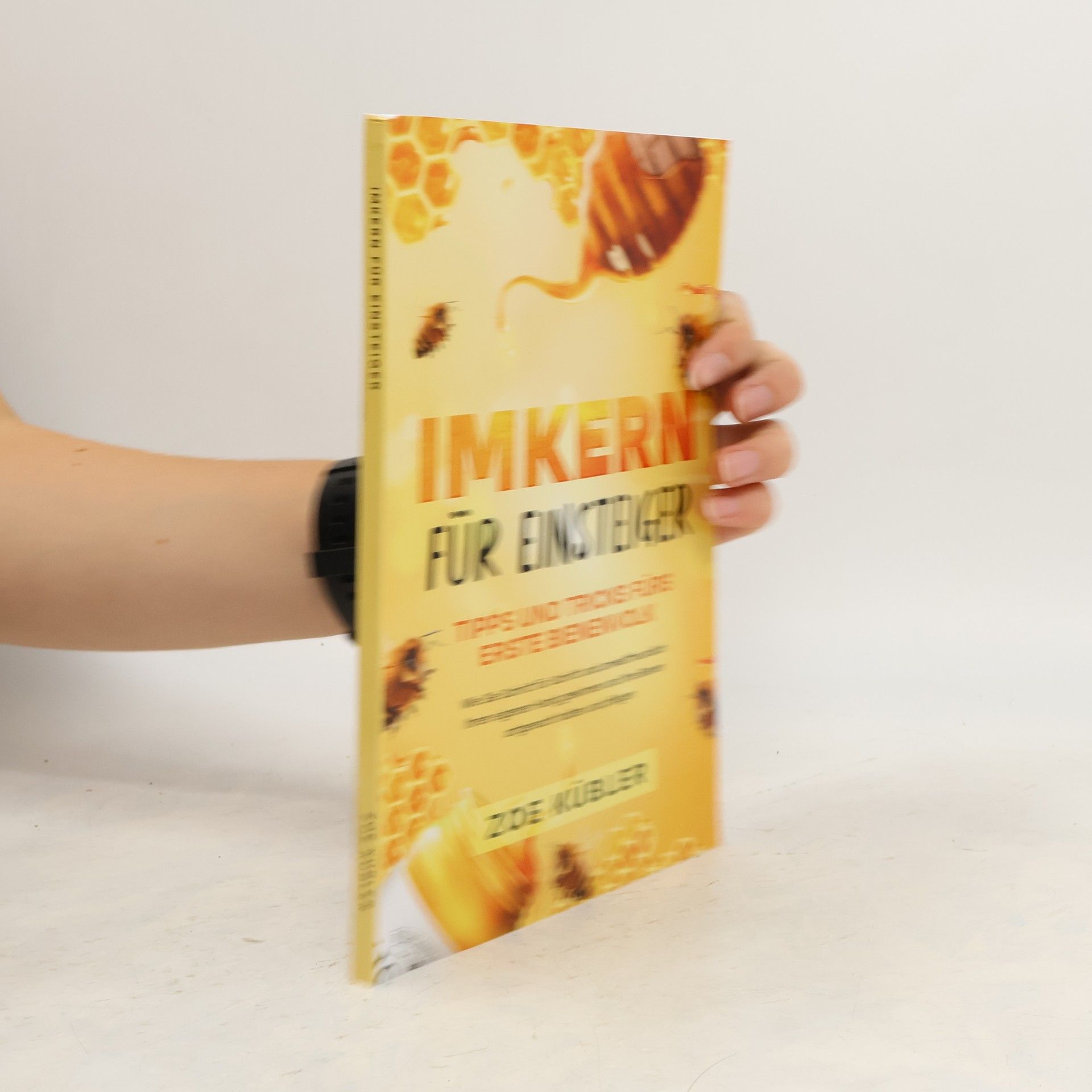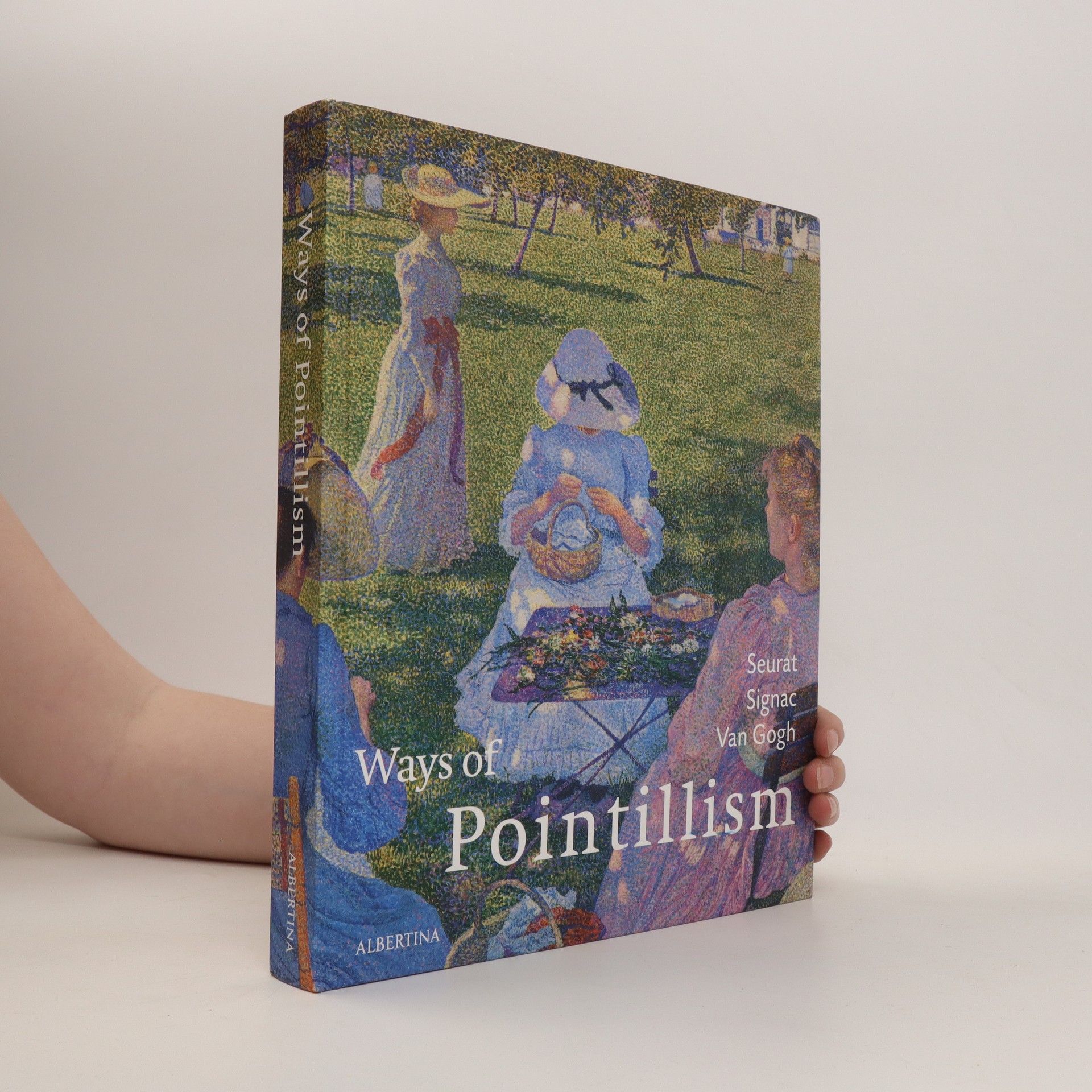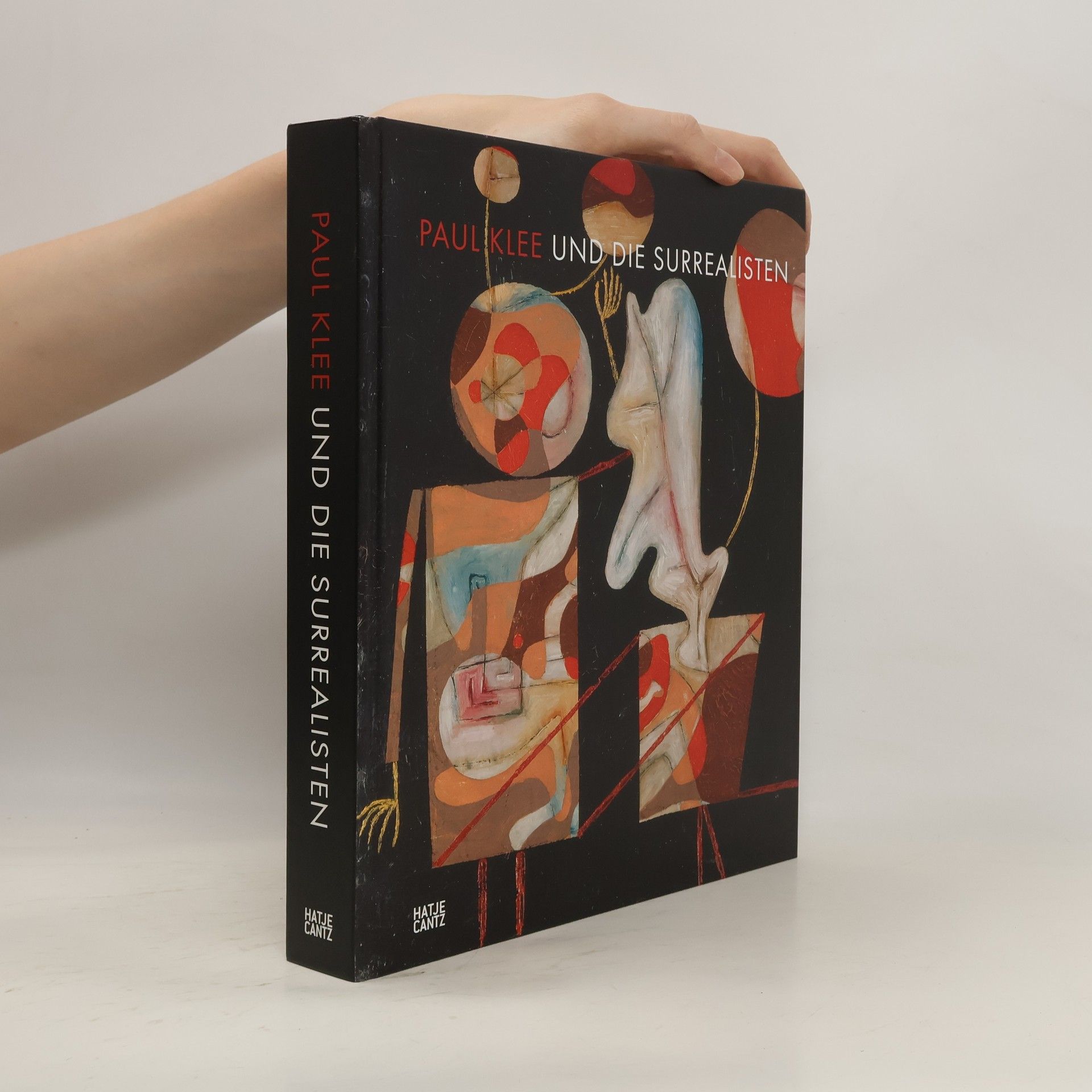Max Huggler
Ein Leben für die Kunst
Max Huggler war von den 1930ern bis in die 1960er-Jahre ein bedeutender Kunstmentor und Wegbereiter der Moderne in Bern. Er leitete zunächst die Kunsthalle (1931–1943) und später das Kunstmuseum Bern (1943–1965), wo er die Berner Museums- und Kunstwelt entscheidend prägte. Die Biografie bietet erstmals einen umfassenden Einblick in sein Leben und Wirken, basierend auf Hugglers Entwürfen einer Autobiografie sowie umfangreichem Quellenmaterial. Michael Baumgartner schildert facettenreich und bildreich Hugglers Tätigkeit an der Kunsthalle und am Kunstmuseum, seinen Einsatz für die Paul-Klee-Stiftung und die Hermann und Margrit Rupf-Stiftung, sowie seine Ankaufs- und Sammlungspolitik in den 50er- und 60er-Jahren. Auch seine akademische Arbeit an der Universität und die Hintergründe seiner Rolle als Leiter und Kurator bahnbrechender Ausstellungen werden beleuchtet, darunter die größte Ausstellung zu Lebzeiten Ernst Ludwig Kirchners (1933) und die Propagandaausstellung des Dritten Reichs «Deutsche Kunst des 19. Jahrhunderts» (1916). Zudem wird seine kunstpolitische Haltung gegenüber den Nationalsozialisten und die Kulturpolitik Berns in den 30er- und 40er-Jahren thematisiert. Das Buch bringt ein Stück Schweizer Kunstgeschichte lebendig und bietet faszinierende Einblicke in die Kunst- und Kulturgeschichte im Übergang von Tradition zu Moderne.



